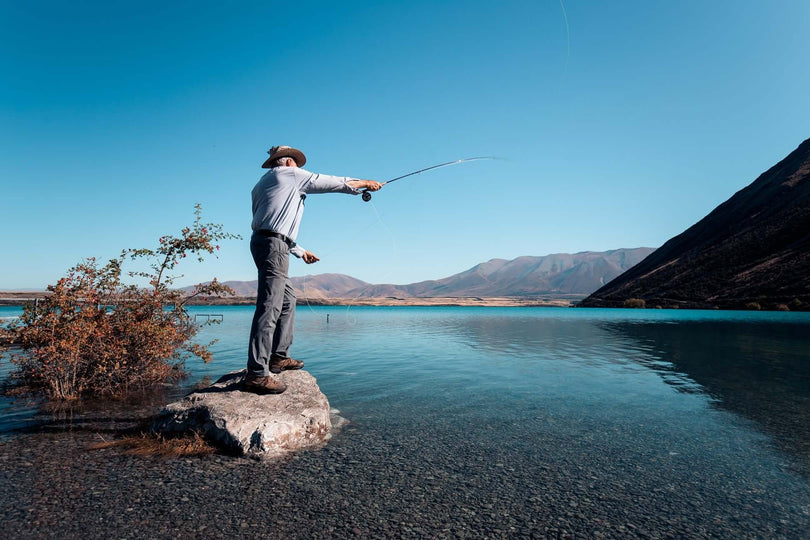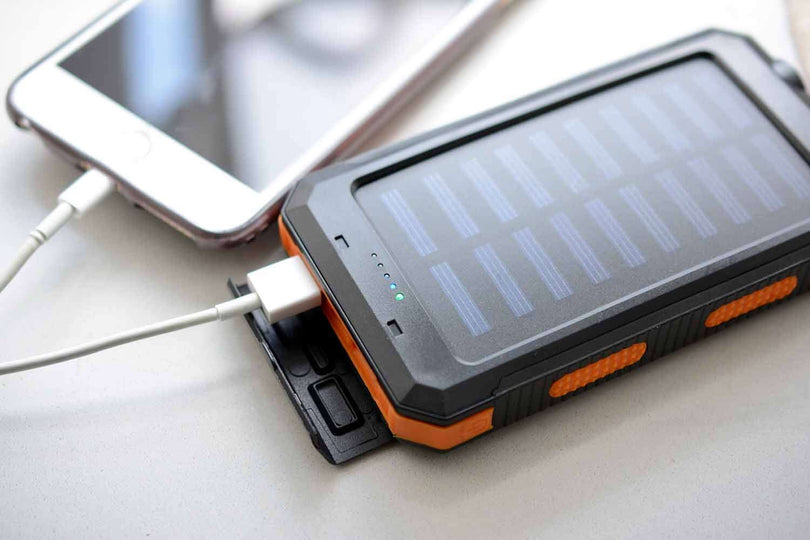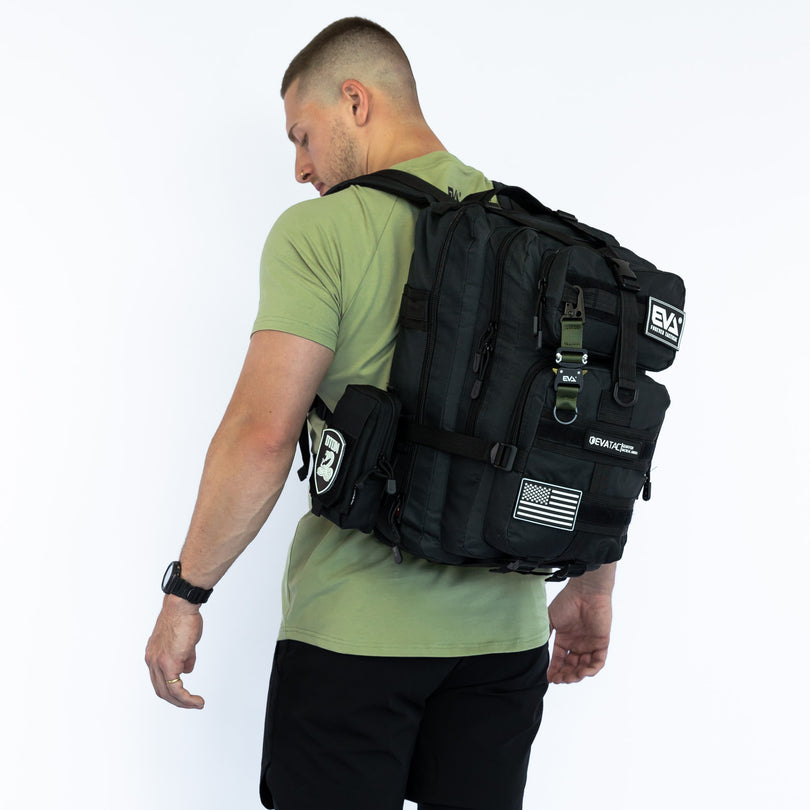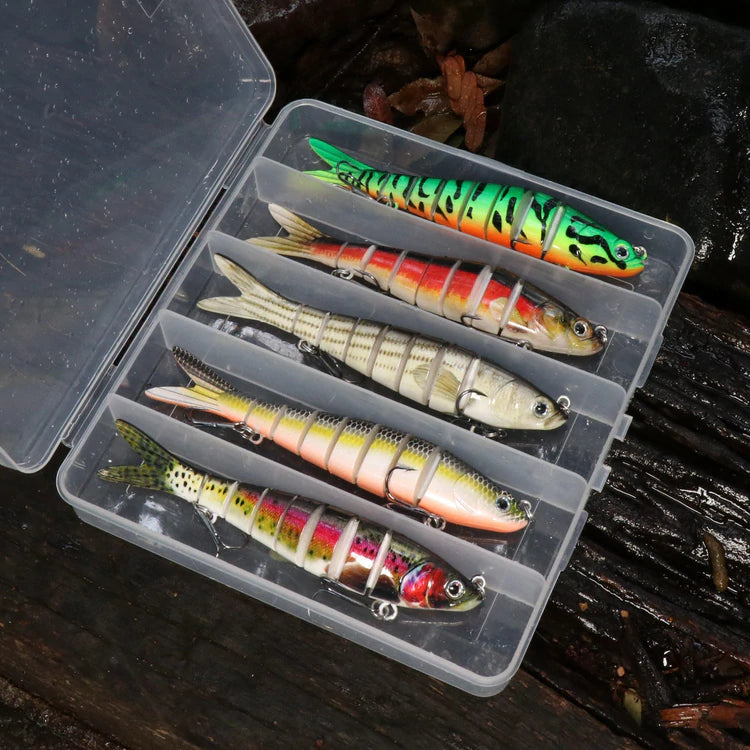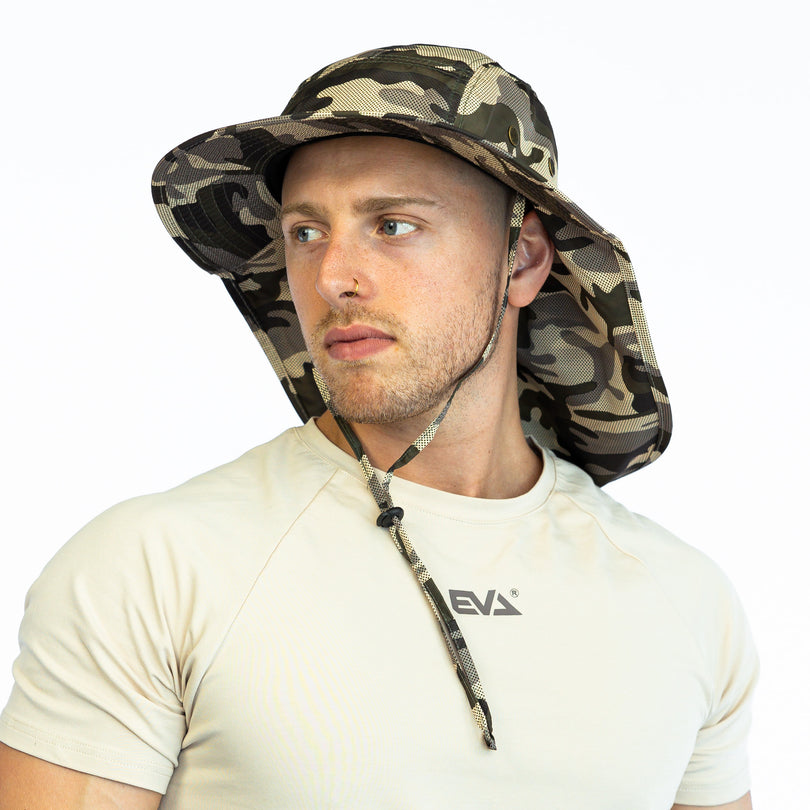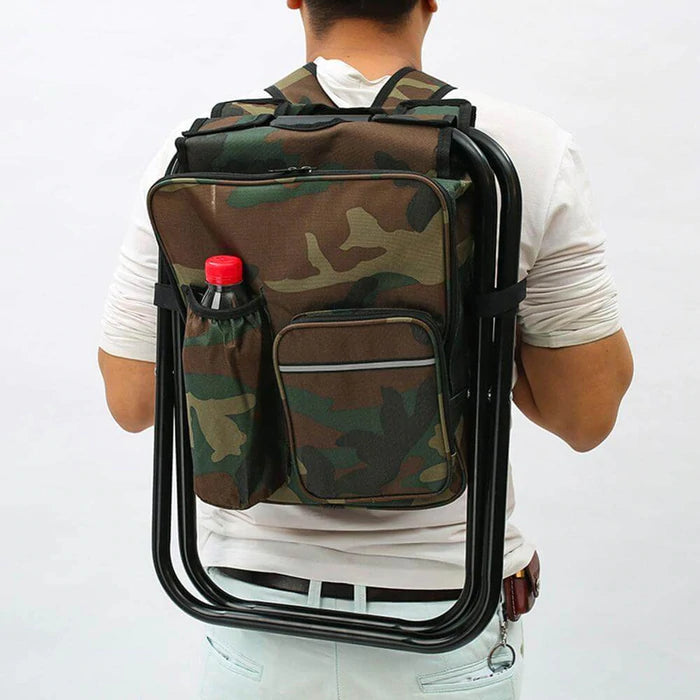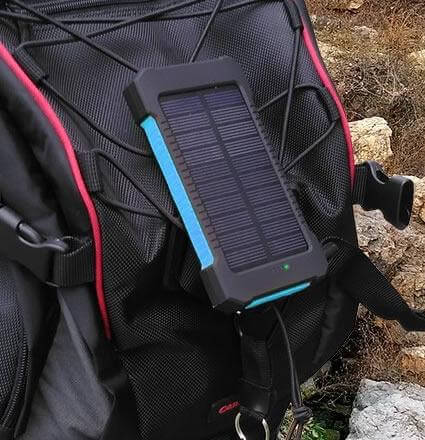When it comes to catching fish, having the right fishing gear can make all the difference in the world. One of the most important pieces of gear is your fishing line. There are many different types of fishing lines available on the market today, so which one is right for you?
In this article, we will discuss the pros and cons of monofilament lines, fluorocarbon fishing lines, and braided lines. We will also help you decide which type of fishing styles is best for your needs!
What is the Best Fishing Line Type to Use?
When it comes to fishing lines, there are three main types: monofilament, fluorocarbon, and braided.
The monofilament line is made from a single strand of nylon. It is the most common type of fishing line used by anglers today because it is very affordable and easy to use.
The fluorocarbon fishing line is made from a single strand of fluorocarbon. It is more expensive than a quality monofilament line, but it has many advantages.
A braided fishing line is made from multiple strands of nylon or polyethylene that are braided together. It is the strongest type of fishing line available because of its fishing structure, but it can be more difficult to use than monofilament or fluorocarbon.
What are the Best Fishing Lines to Use for Sea Fishing?
If you are catching fish in saltwater or just doing recreational fishing, it is best to use a fluorocarbon fishing line. Fluorocarbon fishing lines are less visible in deep water than monofilament fishing lines, so fishing lures are less likely to scare away fish if you're doing bait fishing. They are also more resistant to damage from salt water and UV rays.
If you are doing freshwater fishing, either a monofilament or fluorocarbon fishing line will work well. However, if you want the strongest possible fishing line you can use when fly fishing, a braided fishing line is the way to go. Braided fishing lines are incredibly strong and can handle big fish without breaking.
Is Thicker Fishing Line Better?
The thickness of your fishing line is known as the “test weight.” The test weight is measured in pounds, and it refers to the amount of pressure that the fishing line can handle before breaking. In general, the thicker the fishing line, the higher the test weight.
So, is a thicker fishing line always better to connect your fishing lures? Not necessarily. If you are fishing for smaller fish, a thinner fishing line with a lower test weight will be just fine. However, if you are fishing for larger fish, you will need a thicker fishing line with a higher test weight in order to prevent them from breaking your line.
What are the Three Types of Fishing Line?
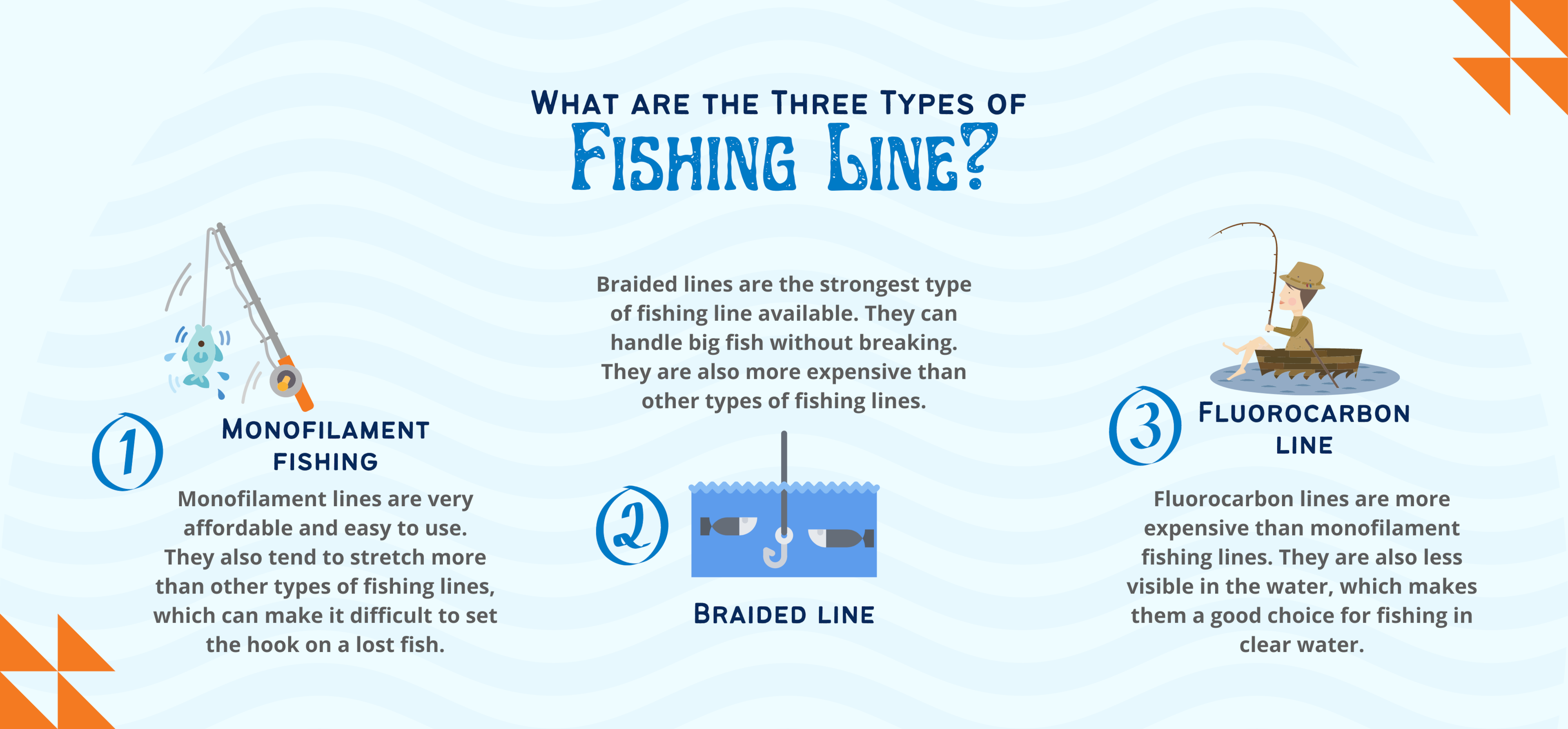
As we mentioned before, there are three main types of fishing lines: monofilament, fluorocarbon, and braided. In this section, we will discuss the pros and cons of each type of fishing line to avoid difficult line management.
Monofilament fishing
Monofilament lines are very affordable and easy to use. They are also available in a wide variety of colours. However, monofilament fishing lines are not as strong as fluorocarbon or braided fishing lines. They also tend to stretch more than other types of fishing lines, which can make it difficult to set the hook on a lost fish.
Fluorocarbon line
Fluorocarbon lines are more expensive than monofilament fishing lines, but they have many advantages. They are much stronger than monofilament fishing lines and they do not stretch as much. Fluorocarbon fishing lines are also less visible in the water, which makes them a good choice for fishing in clear water.
Braided line
Braided lines are the strongest type of fishing line available. They can handle big fish without breaking. However, braided fishing lines can be more difficult to use than monofilament or fluorocarbon fishing lines. They are also more expensive than other types of fishing lines.
Does the Colour of your Fishing Line Matter?
The colour of your fishing line can make a difference in how successful you are at fishing. In general, darker colours are better for fishing in murky water because they are less visible to fish. Light colours are better for fishing in clear water because they are more visible to fish.
Some anglers believe that certain colours of the fishing line have special properties that make them more effective at attracting fish. For example, some people believe that a red fishing line is more effective at attracting bass, while others believe that a green fishing line is better for trout. Ultimately, there is no scientific evidence to support these claims. The best way to find out what colour works best for you is to experiment with different colours and see what works best in your particular situation.
What is the Best Fishing Line for You?
Now that you know more about the different types of fishing lines, you may be wondering which one is right for you. The answer to this question depends on a number of factors, including the type of fish you are trying to catch, the water conditions, and your personal preferences.
If you are fishing for smaller fish in freshwater, a monofilament fishing line should be just fine. If you are fishing for larger fish or saltwater fish, a fluorocarbon or braided fishing line would be a better choice. And if you want the strongest possible fishing line, a braided fishing line is your best bet.
Experiment with different types of fishing lines and see what works best for you. There is no “one size fits all” answer when it comes to fishing lines. The best fishing line for you is the one that helps you catch the most fish!
No matter which type of fishing line you choose, be sure to get the right size and weight for your needs. If you are fishing in heavy cover, for example, you will need a heavier fishing line. And if you are fishing in open water, a lighter fishing line will do just fine.
Now that you know more about the different types of fishing lines available, it's time to start shopping! Be sure to check out our selection of monofilament fishing lines, fluorocarbon fishing lines, and braided fishing lines. We have everything you need to make your next fishing trip a success!






